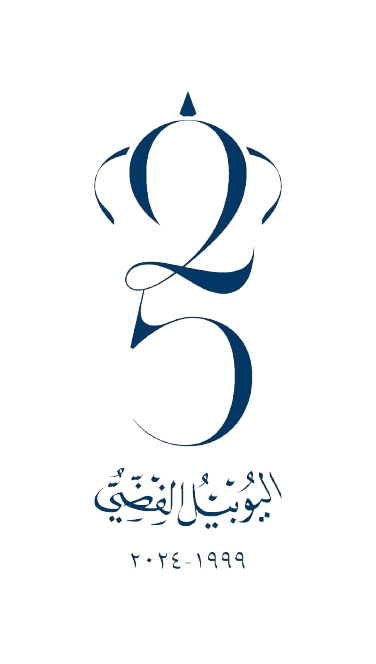The following are the tools that are to be available as recommended by IGAO Doc. 9756-AN965, Part I. The listed items are considered the minimum, if required; Director AAIU should provide the non-listed items to be available at the time. If special accident conditions require special tools, AAIU IIC will request for them and they should be provided immediately:
- Large scale maps of the area of the accident.
- A good magnetic compass.
- A steel measuring tape at least 20 meters long.
- Circular slide rule, protractor and dividers.
- Grease pencils or indelible marking crayons.
- Writing material, note books and labels.
- Suitable tool kit.
- Model aircraft.
- Clinometers.
- A strong multipurpose knife.
- A coil of nylon rope about 20 to 30 meters 1ong (usefu1in difficult territory).
- Pocket lens and small mirrors.
- Heavy twine or cord.
- Flag markers.
- Heavy gloves and protective overhauls.
- Accurate wrists watch with sweep second hand.
- A waterproof electric torch with spare batteries and filament.
- Photographic equipment and video camera.
- Binoculars.
- Small first aid kit
- Crimping ‘tools and lead seals for marking, sealing and locking components and pieces of wreckage.
- COPIES of relevant accident investigation documentation (Regulations, accident report forms, and Manual of aircraft accident investigation, etc.).
- Walkie-talkie radio equipment with spare batteries (or Mobile ).
- Portable tape recorder.
- The following items can usually be supplied by the operator at his base nearest the scene of the accident :
- Canvas sheets and bags.
- Containers for oil and fuel samples.
- First aid kit.
- Quantities of ropes.






